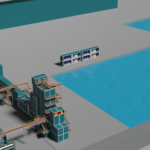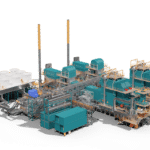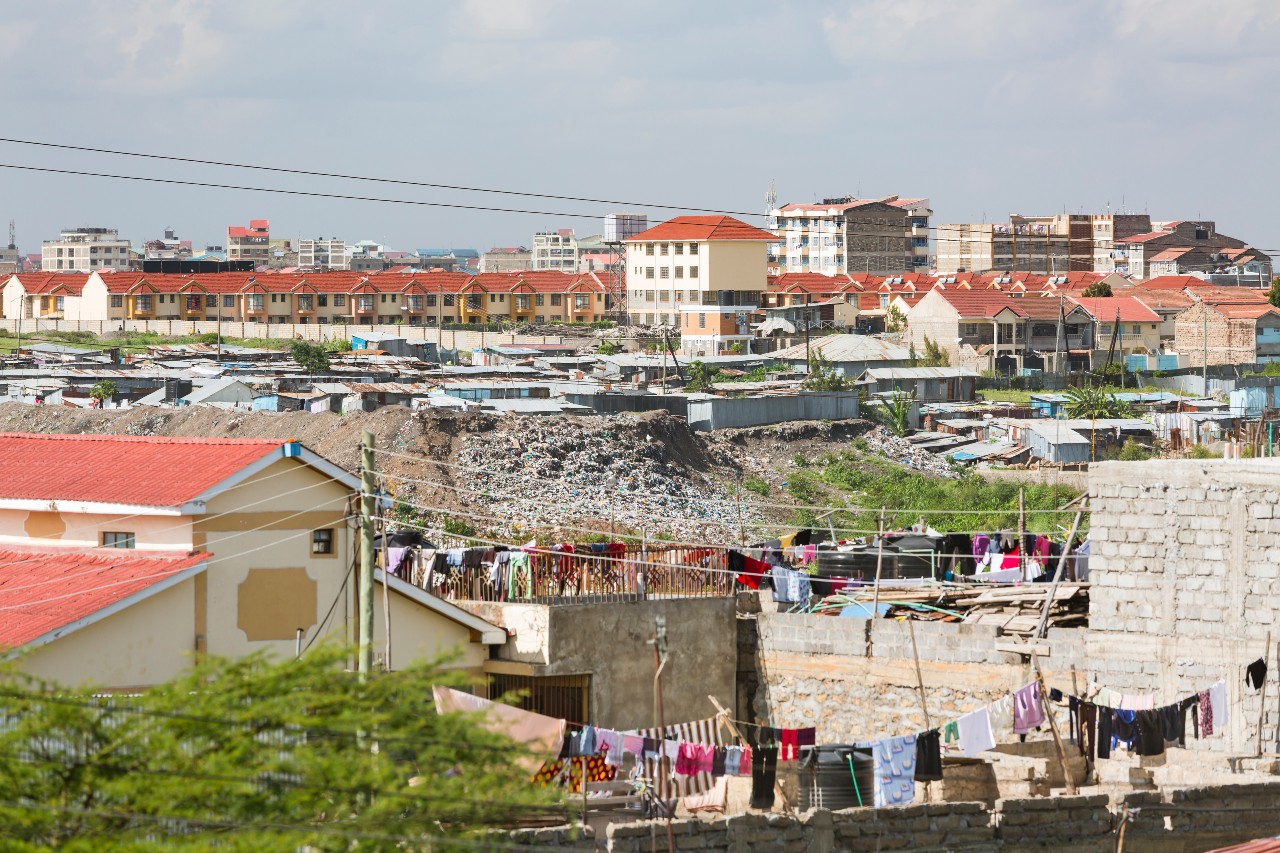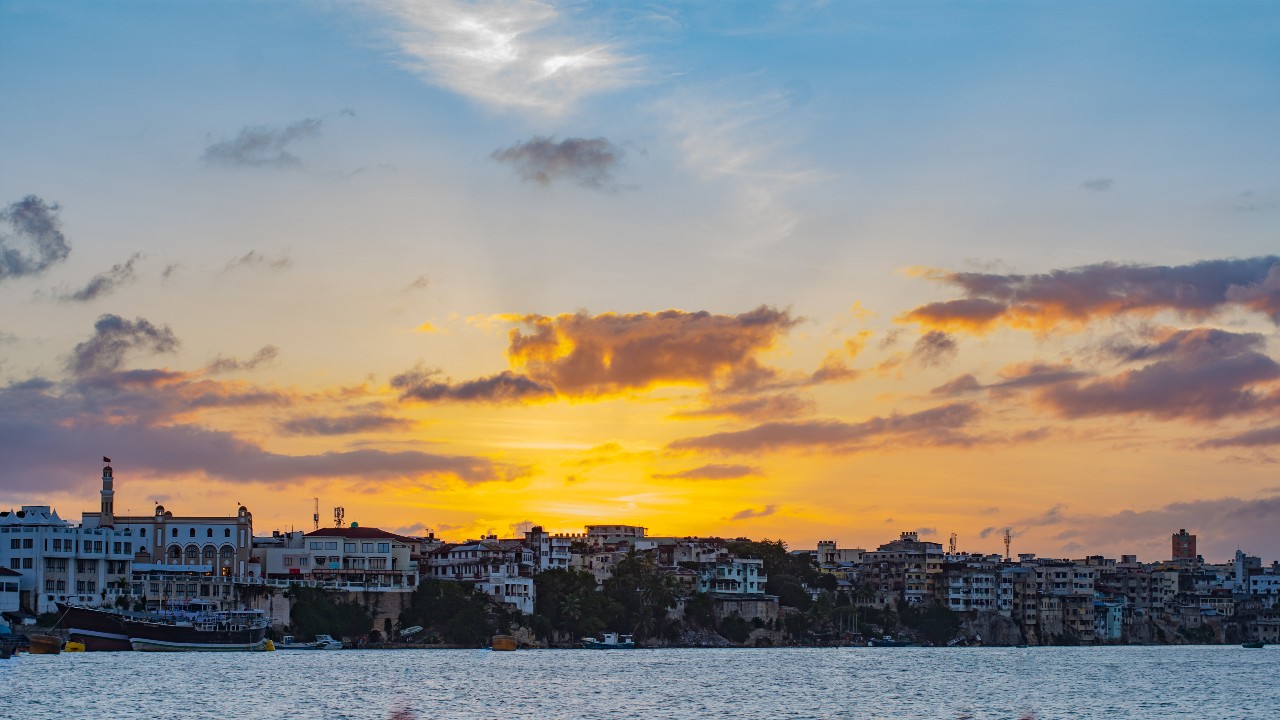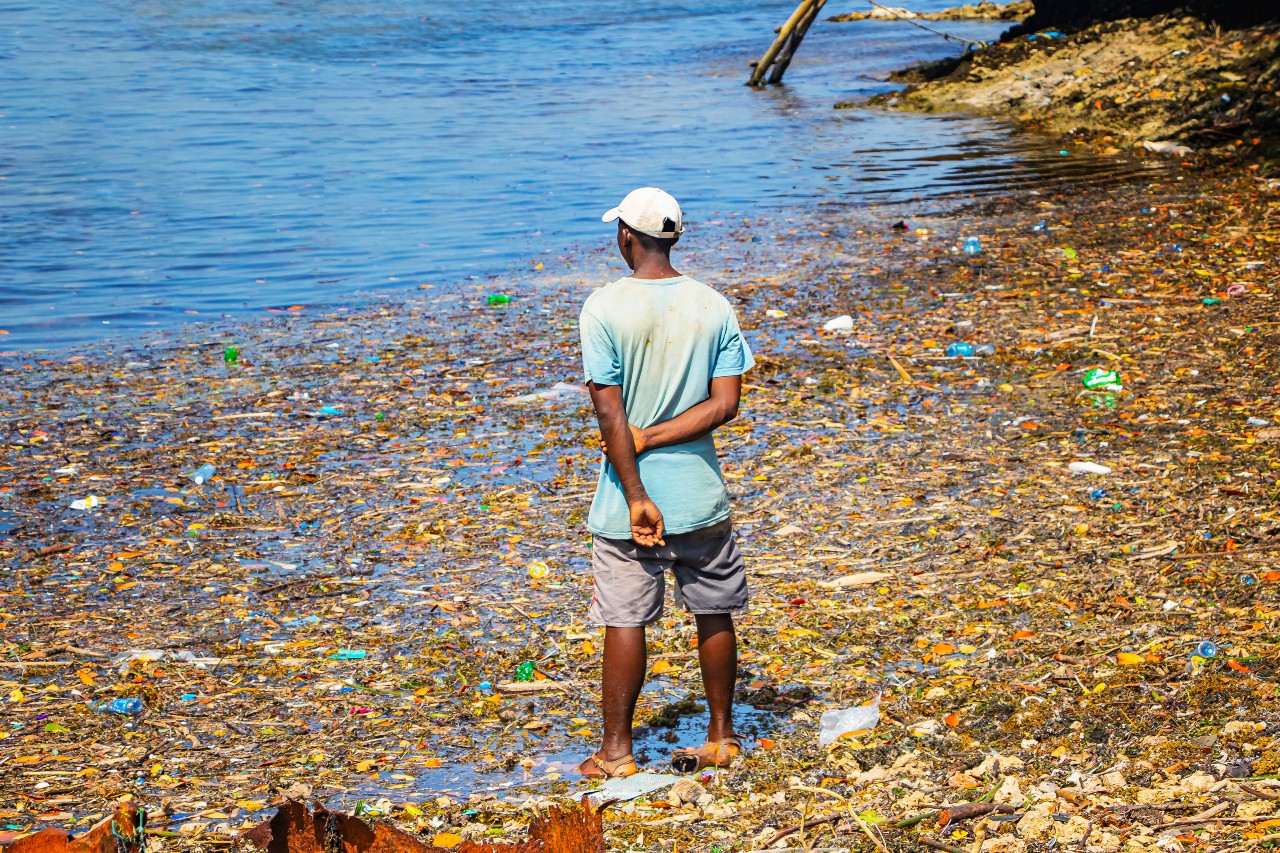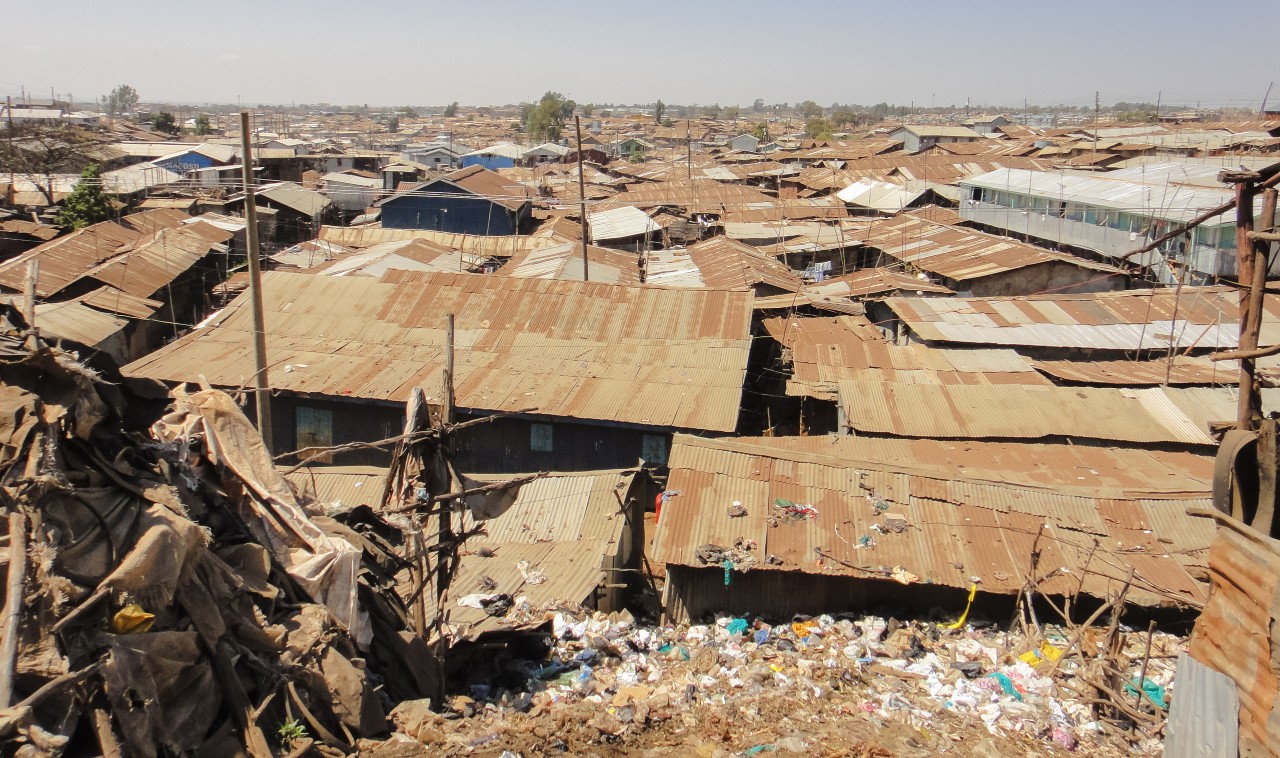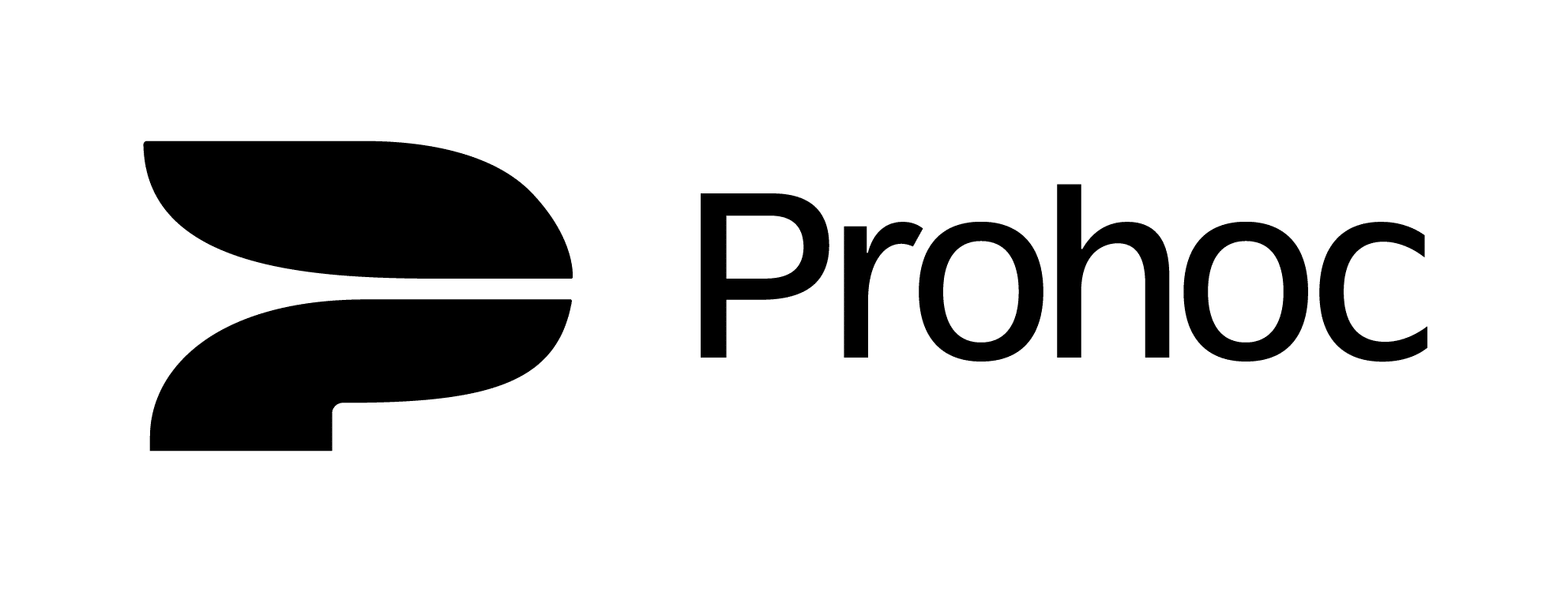Mombasa is a seaport city on the coast of Kenya, along the Indian Ocean. It is the country’s oldest (circa 900 AD) and second-largest city (after the capital Nairobi), with an estimated population of 1.5 million people on a land area of 295 km2. Its metropolitan region is the second largest in the country and has a population of approximately 3 million people. It is located on Mombasa Island and sprawls to the surrounding mainland. The island is separated from the mainland by two creeks: Tudor Creek and Kilindini Harbor. It is connected to the mainland to the north by the Nyali Bridge, to the south by the Likoni Ferry, and to the west by the Makupa Causeway, alongside which runs the Kenya-Uganda Railway. The port serves both Kenya and other East-African countries, linking them to the ocean.
Mombasa is a regional cultural and economic hub; it has a large port and an international airport, and is an important regional tourism center. Located on the east coast of Kenya, it also is the home of one of the State House (Kenya), and is considered by some as a second capital in all but name. In Mombasa County and the former Coast Province, Mombasa’s situation on the Indian Ocean made it a historical trading center, and it has been controlled by many countries because of its strategic location.
Currently, the city generates over 1000 tons of waste daily and the county up to 2200 tons — with less than half of it collected and mostly dumped at Kibarani and Mwakirunge landfills.
There are over 40 private firms that collect garbage from residential areas and dump waste at undesignated areas in the city center and along reserve roads in residential areas. Mombasa is currently also battling the problem of uncollected garbage that has piled on road reserves, in residential and public areas. The city is planning on applying a levy to pay for the waste collection and disposal costs to clean the streets and residential areas, as well as to reduce the amount of waste being burned uncontrollably. The unmanaged waste situation has already caused disease outbreaks, like cholera, and things are not improving fast.
The unsanitary landfill at Kibarani, right next to the city center and along the Mombasa-Nairobi Highway is a story in itself. Opened 50 years ago, it has outgrown its space of five hectares decades ago and is pushing into the Makupa Creek polluting the creek and the nearby Indian Ocean with plastic and leachate water.
The landfill is continuously burning to keep the waste quantity under control. This toxic smoke is hovering over the city causing respiratory distress and lung-related diseases.
Mombasa does have a new landfill at Mwakirunge, some 20 km outside the city. Unfortunately, this new site creates new problems; waste transportation requires additional resources that the city currently does not have, and the new site is located on the flight path of the Moi International Airport. The birds scavenging at the landfill pose a threat to airplanes taking off and landing.
WOIMA has the perfect solution for landfills like Kibarani. We have developed a modular wasteWOIMA® waste-to-energy power plant that is prefabricated into standard containers and thus easy and fast to deliver anywhere in the world. It recycles the waste into raw materials and energy in the most efficient manner reducing the waste quantity by over 95%. Fresh municipal solid waste (MSW) and existing landfills are a perfect feedstock for the plant. And if requirements change over time, the power plant can be dismantled and relocated elsewhere leaving just the concrete base slab behind. Once the landfill material has been incinerated away, the land can be rehabilitated for other purposes, e.g. housing or recreational facilities.
Read and Download Use Case about Landfill Rehabilitation for Housing Purposes
Did you know how Finland is doing?
Pollution NOT Threatening UNESCO World Heritage Sites – Case Kvarken Archipelago, Finland
Not Drowning in Waste – Case Finland
WOIMA Corporation is a Finnish supplier of best-in-class waste-to-value products, projects and services worldwide. We have developed solutions that enable us, and the customer, to transform and recycle virtually any waste stream into raw materials and energy. At WOIMA we combine Finnish engineering know-how in waste management with power generation design expertise. These solutions are used in Finland every day. They support the circular economy ideology and ensure that less than 1% of Finland’s waste ends up in landfills.
Our mission is to improve quality of life both locally and globally, as well as empower people to utilize waste as a commodity. Our decades of international project management experience ensure an on-time, in-budget and high-quality WOIMA solution delivery across the globe.

